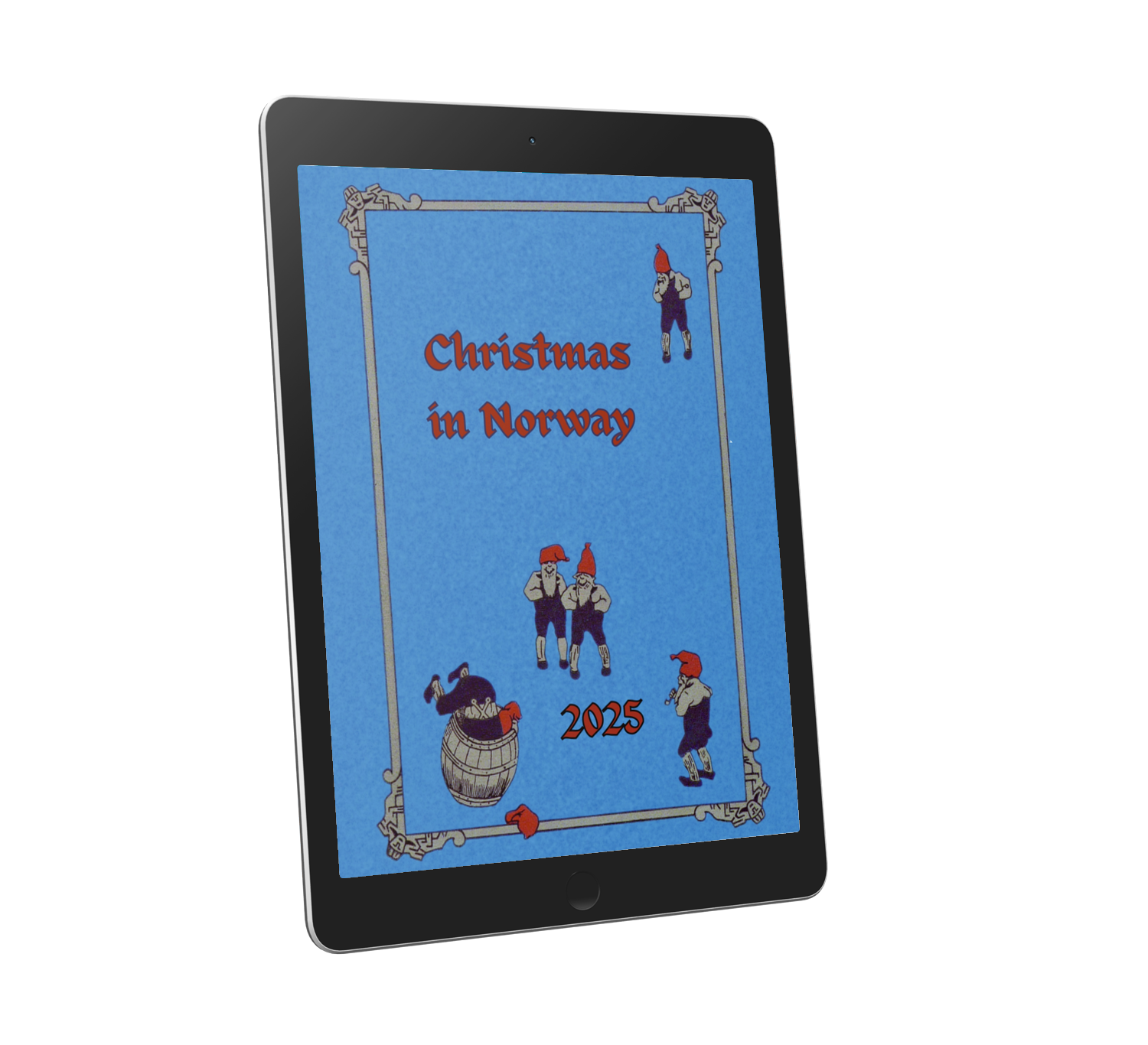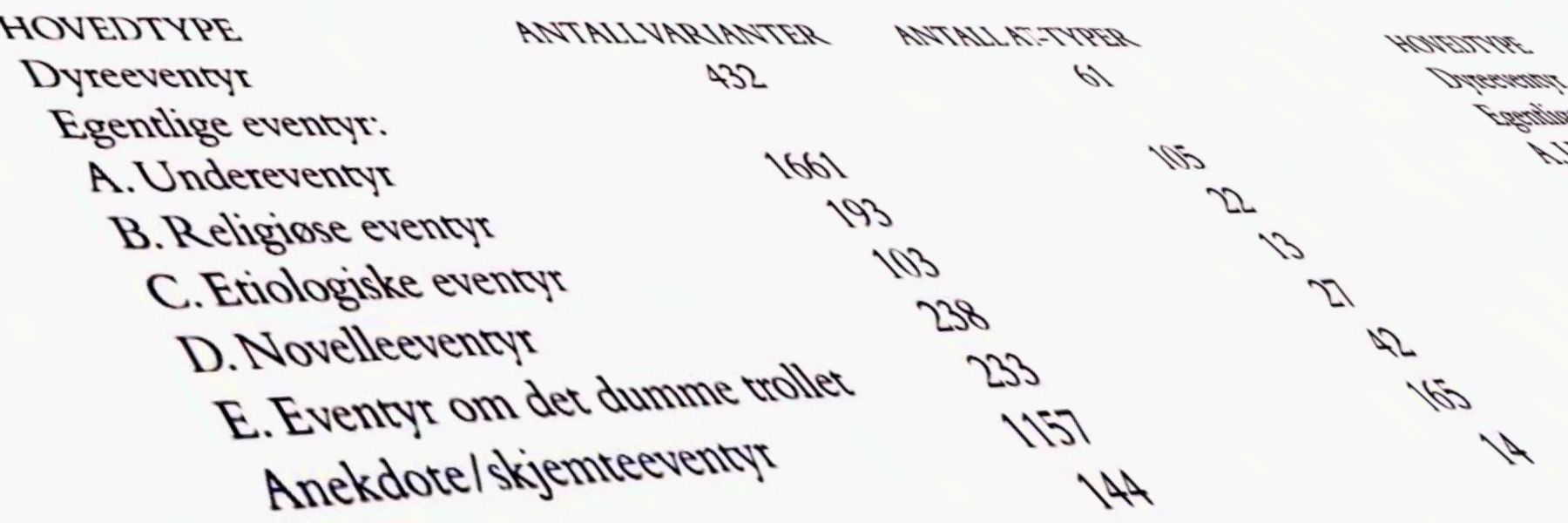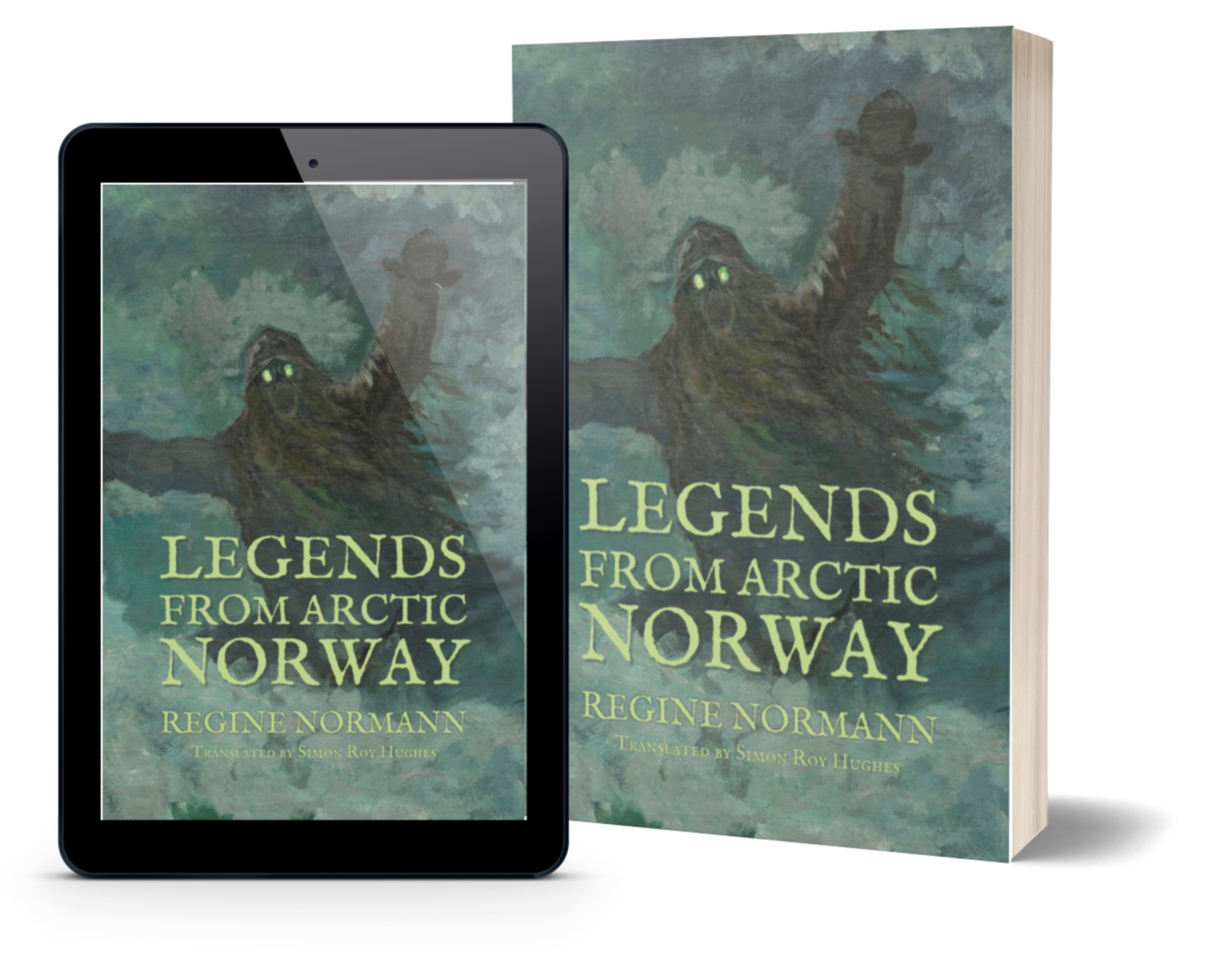An established term that causes headaches even as its use is widespread, “fairy tale” is frustratingly vague. In her remarkable 2022 book, Fairy Tales 101, Jeana Jorgensen defines the fairy tale as “fictional, formulaic narratives involving transformations, magic, and quests.” (p. 9). She allows them to inhabit literature as well as folklore, and they permeate human culture, transcending both history and geography. This definition is mitigated throughout the rest of the book, however: “If fairy tales aren’t technically defined by the presence of fairies in them, why is the word ‘fairy’ in the bloody title?!” (p. 24).
Dr Jorgensen does take a passing foray into the words used in three other languages (German, Russian, French), but is rather imprecise: “we have in German the word märchen which basically means fairy tale” (p. 24–25). First, as “Märchen” is a noun, it should be capitalised. Secondly, the word does not basically mean fairy tale; “-chen” is a diminuative suffix, which means that the “Mär-” it is affixed to is minor or held dear. “Mär” denotes “an often repeated untruth, a fable, a false narrative,” or “tidings, news,” as well as the “tale, fairytale, fable” definition that Jorgensen refers to. There is thus a deeper dimension to Märchen than fairy tales.
The French “contes de fées” (accounts of fairies) receives special treatment as the direct antecedent to the English term “fairy tale,” but Jorgensen does not problematise the term; French parlour tales, from the writers of which the term comes, made use of received, rather than recorded, tropes and motifs in their own compositions. For this reason, “contes de fées” ought not to include folkloric narratives. In my opinion, that is.
Despite only a brief treatment of these languages, the idea of learning how non-English speakers talk about the narratives we call fairy tales, to inform our own usage, is sound. After all, the various languages “have their own nuance”?
For instance, the common term in the Germanic Nordic languages is “æfintýr” (Old Norse), “eventyr” (Danish and Norwegian), “ævintýr” (Faroese), “ævintýri” (Icelandic), and “äventyr” (Swedish). All of these ultimately derive from the Latin “adventūra,” which is defined as “things that will happen,” and which is also the source of the English word “adventure.” Nordic fairy tales are thus “adventure stories.”
Further classification of the “adventure stories” umbrella follows the German model (also briefly touched on by Jeana Jorgensen, p. 25): we have art-adventures (“kunsteventyr” – narratives with a known author), as well as folk-adventures (“folkeeventyr” – narratives collected from the folk). “Folkeeventyr” may also be broken down into smaller categories: “dyreeventyr” (animal tales), “undereventyr” (wonder tales), “skjemteeventyr” (joke tales), “novelleeventyr” (novella tales), “legendeeventyr” (legend tales), and so on. Each of these categories has its own set of defining features, but common to all is that they have been recorded from folk-raconteurs. (See Ørnulf Hodne. Det norske folkeeventyret: fra folkediktning til nasjonalkultur. Oslo: Cappelen, 1998.)
No newly adopted term is likely to replace “fairy tale” in English. Jeana Jorgensen admits that we have to do the best we can with what has been given to us; we cannot readily change centuries of English usage. Still, we do have a lot to learn from how other languages speak of these tantalising narratives.



